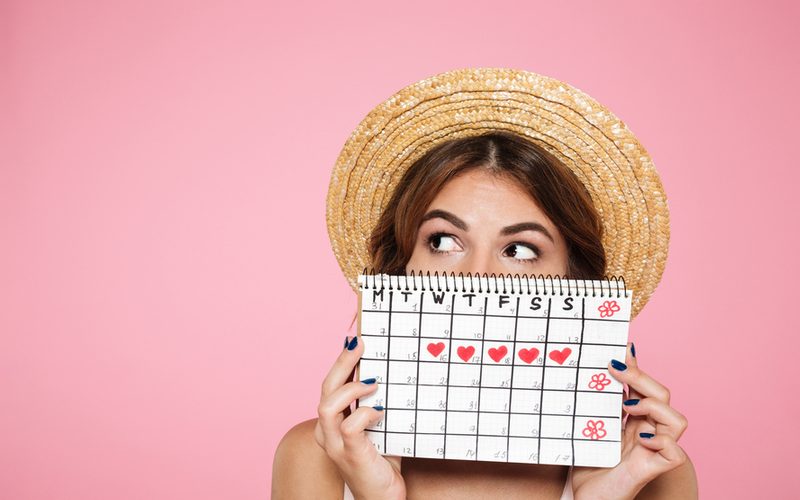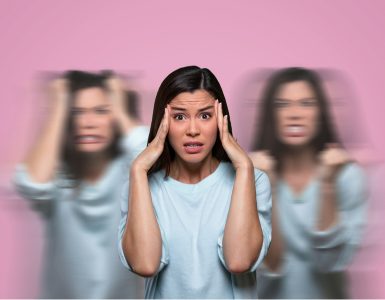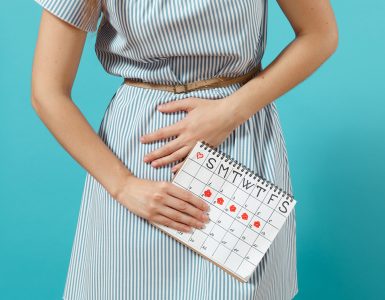What is menstruation?
Menstruation, also referred to as having your period, is the release of blood from the lining of the uterus (also called the womb) out through the vagina. Once a girl starts her periods, its normal for them to come every 28 days, although this might not happen to begin with and some women don’t always have a 28 day cycle – it may be slightly shorter or slightly longer.
The majority of girls start getting their periods between the ages of 10 and 15 years old, the most common time being when a girl is 12 years old. Each body is different and it’s important to realise that whenever your periods start, is normal for your body.
The beginning of menstruation commonly starts around two years after your breasts have started to develop, but again, this isn’t always the case. If you begin to notice a discharge from your vagina, that’s clear or white in colour (you might notice this on your underwear) it could be a sign that your periods will begin in six months to a years’ time.
What causes periods?
Menstruation begins because of a change in the hormone levels within a girl’s body as she goes through puberty. Hormones are a kind of chemical messenger, that signal to different areas of the body to perform certain functions.
In the female body, the ovaries release two hormones, called oestrogen and progesterone. Together, these cause the lining of the womb to thicken in preparation for a fertilised egg to settle in the lining and grow into a baby.
Each month, the ovaries release an egg, which travels down the tubes from the ovaries (called the fallopian tubes) towards the womb. This process is called ovulation and is caused by the same hormones, oestrogen and progesterone. If the egg becomes fertilised by a sperm after a girl or woman has sex, it will attach to the lining of the womb and develop into a baby.
Ovulation and the thickening of the womb lining happens each month, even if a girl or woman isn’t sexually active. If there isn’t a fertilised egg, the lining will begin to shed, and this is the bleeding that occurs each month during a period. Once a period has finished, after a few days to a week or so, the cycle begins again.
As soon as a girls’ periods begin, she’s then able to become pregnant, so if she is sexually active, she must take precautions to avoid pregnancy if she doesn’t wish to have a baby at that time. A girl could become pregnant before her periods start, as the hormones may be becoming active, meaning that ovulation and periods aren’t far away.
How to manage periods
When a girls’ periods start, she will need to wear sanitary products to help capture the blood so that her underwear and clothing doesn’t become stained.
There are various products to choose from. Sanitary towels, either disposable or washable and reusable, are designed to stick to underwear to capture period blood as it leaves the body.
Tampons and menstrual cups are designed to be worn inside the vagina to capture the blood before it leaves the body. These are often a little bit tricky to get used to, but can be more convenient when a girl is playing sports, being active or wearing tight fitting clothes such as leggings.
Each girl is different and prefers a different type of sanitary product but whatever her choice, it will need to be changed every few hours, depending on how heavy her flow of blood is. The flow is usually heavier for the first few days, and will become lighter towards the end of her period. It may look like a lot of blood loss, but the average period only causes a few tablespoons of blood loss.
A woman will experience regular periods until she reaches a time in her life called the menopause, usually around the age of 50 years old, when her hormone levels drop and her periods stop.















